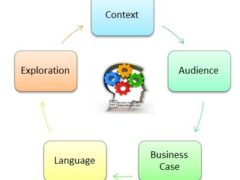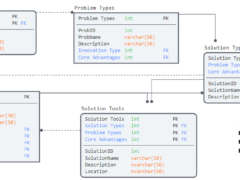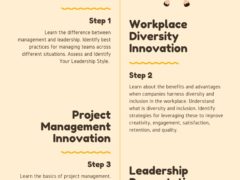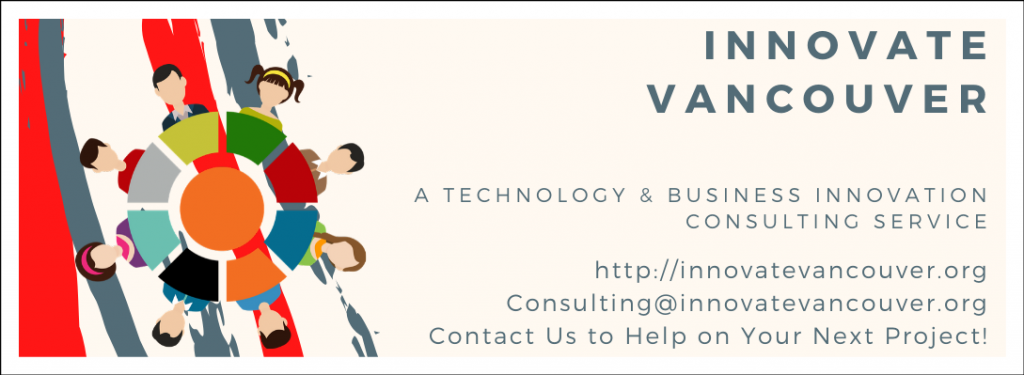The ability to build relationships through persuasion is crucial to leadership. These same competencies are also essential to building alignment, shared vision, support incremental growth initiatives, help change management efforts, and set up legitimacy. The ability to navigate negotiations, union issues, complex regulatory frameworks, and competing priorities similarly requires the ability to influence others.
Leadership is about more than making the tough decisions that need to be made or having those tough conversations that no one else wants to have. Leadership is also about inspiring, coaching, and motivating others to work together in the pursuit of shared goals. This is not achieved through an emphasis of top-down strategies that emphasize giving directions and physically ‘steering the course.’
The art of persuasion requires patience and the ability to distinguish between the different barriers. The strategy to persuade someone with an attitude that interferes with agreement will be different from the strategy used with a skill deficiency. The former benefits a discussion of assumptions, beliefs, and fears whereas the other (in addition) will benefit role modelling and training; as the saying goes “you can lead a horse to water but you cannot make it drink.”
Quality and performance alignment require motivation that is not dependent on exclusively internal reinforcement alone. The person must be internally-motivated and driven in order for generative and adaptive learning to occur. Persuasion strategies and processes that emphasize inquiry, curiosity, and engagement are thus going to be more successful than those that emphasize directing, telling, and instructing.
The following Persuasion Model Canvas highlights 20 different persuasion competencies available to build alignment, agreement, and commitment. Although not an exhaustive list these competencies, when used appropriately and in combination, will help to improve the credibility and usefulness of the speaker’s viewpoint.

The use of the canvas begins with an analysis of the key components, assumptions, and drivers of the arguments presented. Counter-arguments are thus developed incorporating a number of the persuasion competencies based on the content, valence, and quality of the discussion. The counter-argument is then introduced in the discussion with consideration of the audience, level of receptiveness perceived, and ability to have an effective conversation.
The ability to persuade will depend on the organizational culture, message to issue fit, and learning curve of the situation being addressed. Ideally all situations represent opportunities for collaboration, consensus, and agreement to be achieved but most situations are often less than ideal. The latter requires the ability to proceed patiently, empathetically, and respectfully through a series of conversations as assumptions, beliefs, and values are surfaced.
How is your organization tackling tough conversations? Share your comments below.
Travis Barker, MPA GCPM
Innovate Vancouver
http://twitter.com/innovatevan
Innovate Vancouver is a business development & consulting service and technology startup located in Vancouver, BC. Contact Innovate Vancouver to help with your new project. Innovate Vancouver also gives back to the community through business consulting services. Contact us for more details.
Reference





